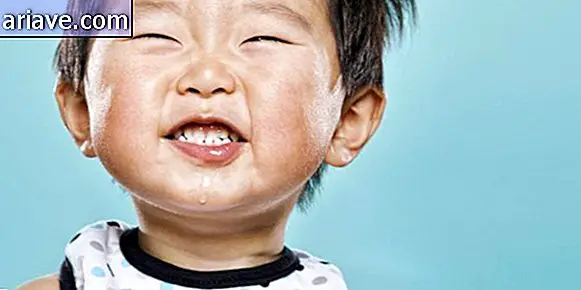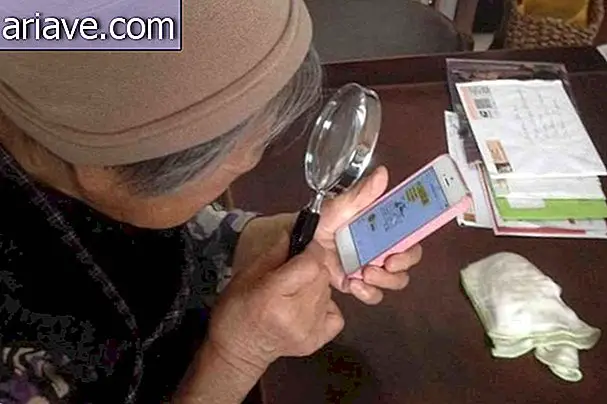Learn How To Fight Hair Loss

When combing the hair, it is very common to notice an accumulation of loose strands on the brush or comb. According to dermatologists, this loss is natural and very common. However, there is a difference when the amount lost is very large and constant. Therefore, you need to keep an eye out if your hair is falling too much, as this can be caused by many factors, including poor diet.
Hair loss in women is a much more common problem than many people realize. Sometimes they are caused by factors such as stress and hormonal rate, but in other cases the problem is hereditary.
So whenever you notice a big loss with fuller tufts it is important to look for a dermatologist who will evaluate your case to come up with a definition of treatment or prevention.
To properly diagnose the cause of hair loss, the practitioner will evaluate a detailed history. These include medications you take (or have used), allergies, family history, and diet, as well as menstrual, pregnancy, and menopause records. In addition, a scalp inspection exam is also performed.
Causes, prevention and treatment
According to dermatologist Fabiane Mulinari Brenner, some of the leading causes of hair loss in young women are nutritional deficiencies. “One of the most common reasons is the lack of minerals, especially iron. In addition to this factor, other thyroid diseases can also cause the problem. Situations such as the postpartum or post-surgery period in general are reasons that can also aggravate the fall of the threads ”, explains Fabiane.
Postpartum, this loss, also called telogen effluvium, happens because during pregnancy there is a higher concentration of estrogen in the body. This hormone makes the hair stronger during the (anagen) growth phase longer. When estrogen production decreases after the baby is born, the hair follicles enter an early phase of detachment (telogen), causing the hair to fall more sharply.

Hair loss in women is also very common during and after menopause due to hormonal changes during this period, which usually happens after age 50. Extreme diets and some medications can also be causes of female baldness.
Apart from the above factors, stress is also a major cause of hair loss in women. When we are stressed, there is an increase in a neurotransmitter called norepinephrine, which disrupts hair growth. This action linked to other changes in the immune system causes inflammation in the scalp, affecting the natural process of the birth of the hair.
For these stress-related hair loss cases, the psychological cause (anxiety, nervousness or depression) must first be investigated. In addition, it is possible to supplement with a substance called tyrosine, which is an amino acid that reduces inflammation by decreasing the norepinephrine concentration in the scalp.
When baldness is hereditary, called androgenetic alopecia, the volume of loss is determined by the genetic predisposition of women, and may be aggravated by excess male hormone.
According to dermatologist Fabiane, in these cases the use of medications is necessary. “The inherited factor of female pattern baldness occurs in about half of women over 50 years of age, requiring proper dermatological evaluation and follow-up, as it is often necessary to take medication for long periods to prevent the disease from progressing. These drugs are usually hormone blockers and not all women can use it, ”he explains.

It is important to be alert to signs of falling. According to dermatologist Fabiane, the normal daily loss is up to 100 strands. If you notice that you are losing more than this, it is important to seek help. Of course, you can't count the amount of wires that fall out. But on the basis of a drastic change of fall - in which the thicker tufts come in heaps during washing and combing - one can see the loss.
Despite being touted as villains, some salon beauty treatments, such as progressive brushes and dyes, do not directly influence the problem. According to Fabiane Brenner, these procedures do not cause the fall, but the breakage of the wires, which can confuse the woman who has the feeling that the hair fell more after these factors.
Food and Vitamins
In cases where the fall is not caused by genetic factors, it is possible to help strengthen the strands and avoid the problem through diet and even the inclusion of vitamin supplements in the diet.
Dermatologist Fabiane Brenner recommends that women take care of iron replacement with increased consumption of lean meats, grains and dark green vegetables. Protein intake is very important to strengthen the hair. Deficiency of protein foods may even be responsible for female hair loss in extreme cases.

In women who do not receive enough protein, the body will cut off the supply to the hair. After all, the strands are made up of 70 to 80% of keratin, which is a protein. Therefore a diet deficient in this substance will lead to hair loss. Among the sources already mentioned above, such as meat, it is indicated to take advantage of the protein value of fish, as well as grains such as soy and beans, for example. Dairy products, nuts and nuts, in addition to eggs, are also important sources.
Multivitamin supplements may also be prescribed by specialists to supplement nutrient rates that are not achieved with food alone. Among the most recommended vitamins and minerals to help strengthen hair are iron, zinc, vitamins E and B complex, as well as omega 3.
For more severe cases of non-genetic falls, it is possible to find laser treatments, manipulated lotions, carboxitherapy or corticosteroid infiltrations. However, always seek a dermatologist before starting any procedure.











